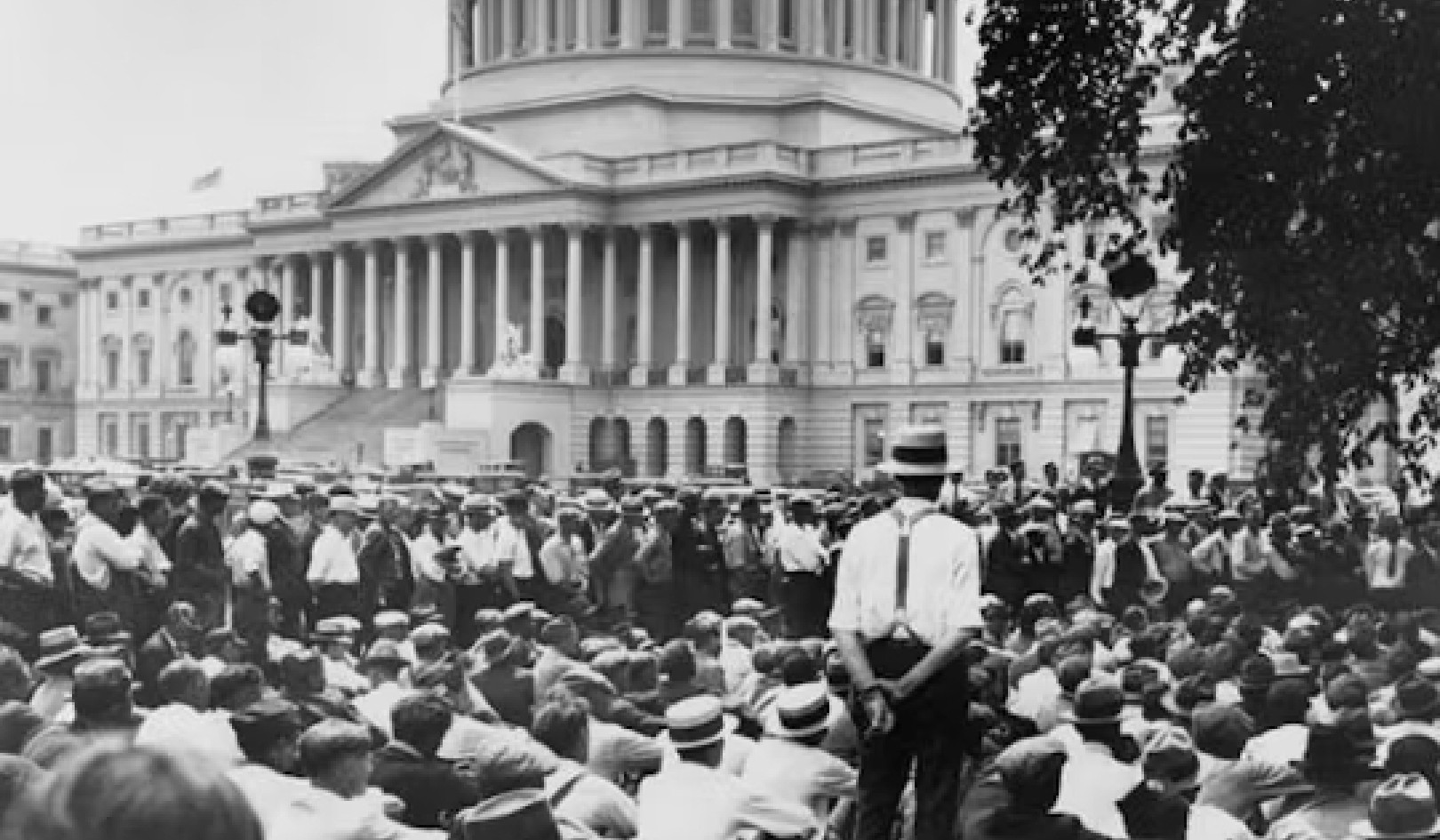
Reality has a funny way of clashing with the stories politicians and pundits love to spin, especially regarding hot-button issues like crime. But if we're going to have any honest discussion, we need to park the sensationalism at the door and deal with the actual facts on the ground.
An Inconvenient Truth for Trump
So, let's ground ourselves for a moment. Contrary to the narratives you might have had shoved down your throat, crime rates in the U.S. have broadly been ticking downwards, period. I'm not talking about cherry-picking convenient factoids - I mean looking at the accurate data set. Take 2022 compared to 2019, which Trump and his crew repeatedly touted as the golden age of low crime. The numbers don't lie - overall crime rates were measurably lower across the board last year. Even the stats they obsessively spotlight, like murders in major cities? Down an astonishing 20%. Rapes? 16% drop.
Of course, the eternal question is—why does this blunt reality seem to clash so starkly with the public perception that crime is soaring out of control? Well, that's the brain's tricky wiring. We all have this innate tendency to let our gut feelings and emotions warp how we process facts, especially inconvenient ones. For example, fans of a losing sports team always think the refs got it completely wrong, no matter the replays.
That cognitive short-circuit isn't just a quirk of psychology, though - it gets actively stoked and exploited by pretty much any political figure or media mouthpiece with a vested interest in keeping the fear factories running on all cylinders. Profiting off narratives that society is circling the drain is an age-old grift, whether we're talking crime stats or the economy's chugging along just fine.
The Truth Doesn't Matter?
It's not that the motivations for peddling skewed realities about crime are always so cynical. You've got to factor in all the nuanced societal inputs that go into those fluctuating numbers—policy shifts, economic ripples, changing community dynamics. Criminologists could debate the specifics until they're blue in the face because so many variables are in play.
But at the end of the day, what really matters is cutting through the noise and facing facts. You can poke endless holes in the "crime is outta control" hysteria all you want with objective data. And yet fighting against that current of misinformation often feels like a Sisyphean battle thanks to how viciously it clashes with the dominant "truth" a big chunk of the public has absorbed into their bones.
Which, frankly, should disturb all of us. These aren't just abstract statistical games - people's sense of safety and security hinges on them. When that gets corroded by a constant IV drip of fear-mongering nonsense, it doesn't just dictate where folks do or don't want to live. It greenlights policies that can make already brutalized communities feel under perpetual siege from the very forces meant to protect them.
So yeah, let's dispense with the bullshit politicking for a moment and stare reality in the face. Crime is still very much an issue in many areas, and the challenges remain immense for both law enforcement and vulnerable populations alike. But losing our grounding in what the facts say only dooms everyone to more of the same toxic deadlock paralysis.
The Perception Paradox
Suppose we want an honest shot at collaborative solutions. In that case, the first step is anchoring ourselves in truth rather than letting narratives shape our realities. Only once we've maintained that firm grasp on objectivity can we move forward in a legitimate dialogue about how to steer those troubling crime numbers in an even better direction without all the distractions and bottomless fear-baiting.
Because in this age of reality fragmentation and deepening divisions, clinging to verifiable truths is the most radical act of all. There's no other path to dismantling toxic partisan delusions, finding common ground, and accomplishing positive change. The facts may be inconvenient, but they remain the bedrock. Ignore them at our own peril.
In a world where facts often seem to twist and turn with the winds of political rhetoric, it's refreshing to anchor discussions in the realm of reality, especially when it comes to issues as significant as crime rates. At the heart of this discourse is a narrative that sheds light on the state of crime in the United States, contrasting sharply with the narratives spun by some political figures and media outlets.
Let's take a step back and ground ourselves in the facts. Despite what you might have heard, crime rates in the U.S. have been on a downward trajectory. This isn't about cherry-picking data to serve a narrative; it's about looking at the cold, complex numbers. For instance, when comparing the last recorded year, 2022, with 2019, which is considered Donald Trump's best year in crime rates, the numbers are precise: crime rates are lower. Even more striking, murder rates in major cities, often the focus of much sensationalism, have decreased by 20%, and rapes are down 16%.
But why is there such a disparity between perception and reality? It's human nature to let our emotions color our perceptions. For example, if you're a fan of a sports team that lost a game, it might be hard to accept that loss, especially if it was a close one. This phenomenon is similar to how some people react to facts about crime rates; even when presented with evidence that crime is down, there's a tendency to cling to the belief that it's actually getting worse. This cognitive dissonance is not just a quirk of human psychology; it's actively exacerbated by certain media outlets and political figures who find it profitable to stoke fear and division.
Perception Shapes Reality
Interestingly, this narrative extends beyond crime to other areas like the economy. Despite robust economic data and resilience, many people perceive the economy as struggling. This disconnect between perception and reality underscores a broader issue: the power of narrative over facts.
It's essential to question why this discrepancy exists. Criminologists and law enforcement experts often debate the reasons behind the fluctuations in crime rates. Various factors, including policy changes, societal shifts, and economic conditions, play a role. The debates are nuanced and complex, reflecting the multifaceted nature of crime and its causes.
The discussion about crime rates isn't just academic; it has real-world implications. For one, it influences how safe people feel in their communities. The perception of safety, or the lack thereof, can affect everything from where people choose to live to how they interact with their neighbors. Moreover, it impacts policy decisions at the highest levels of government, shaping laws and law enforcement practices.
Despite the complexities, one thing is clear: the narrative that crime rates are spiraling out of control doesn't hold up against the data. This isn't to say that crime isn't a problem or that there aren't areas where it's rising. Nor is it to ignore the challenges facing law enforcement or the concerns of those who feel unsafe. However, we must base our understanding and policies on facts, not fear.
In a time when the truth often seems malleable, returning to the facts can be a radical act. By engaging with the data honestly and openly, we can foster a more informed and less polarized dialogue about crime in America. This dialogue allows us to find common ground and practical solutions to our challenges.


























